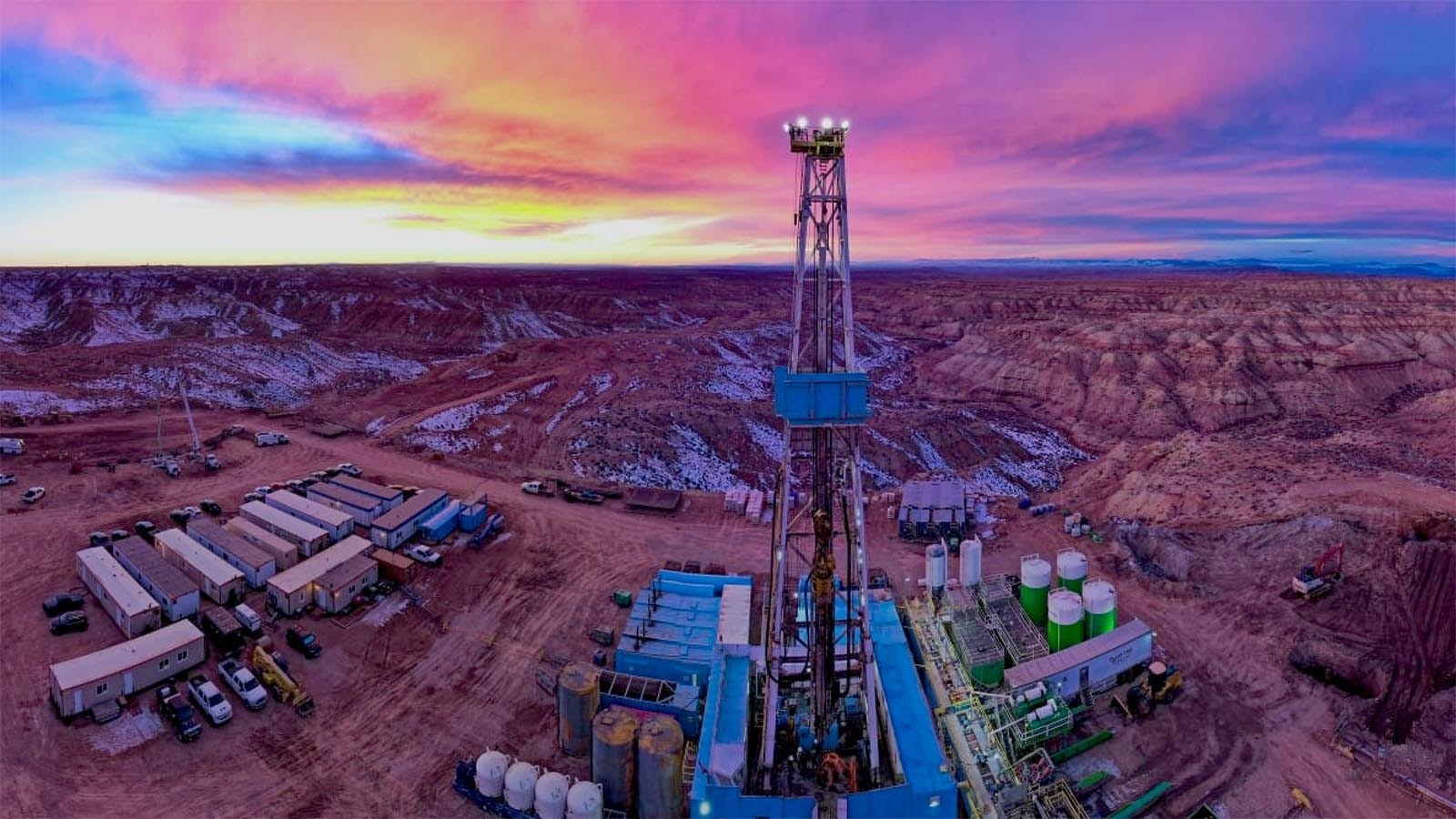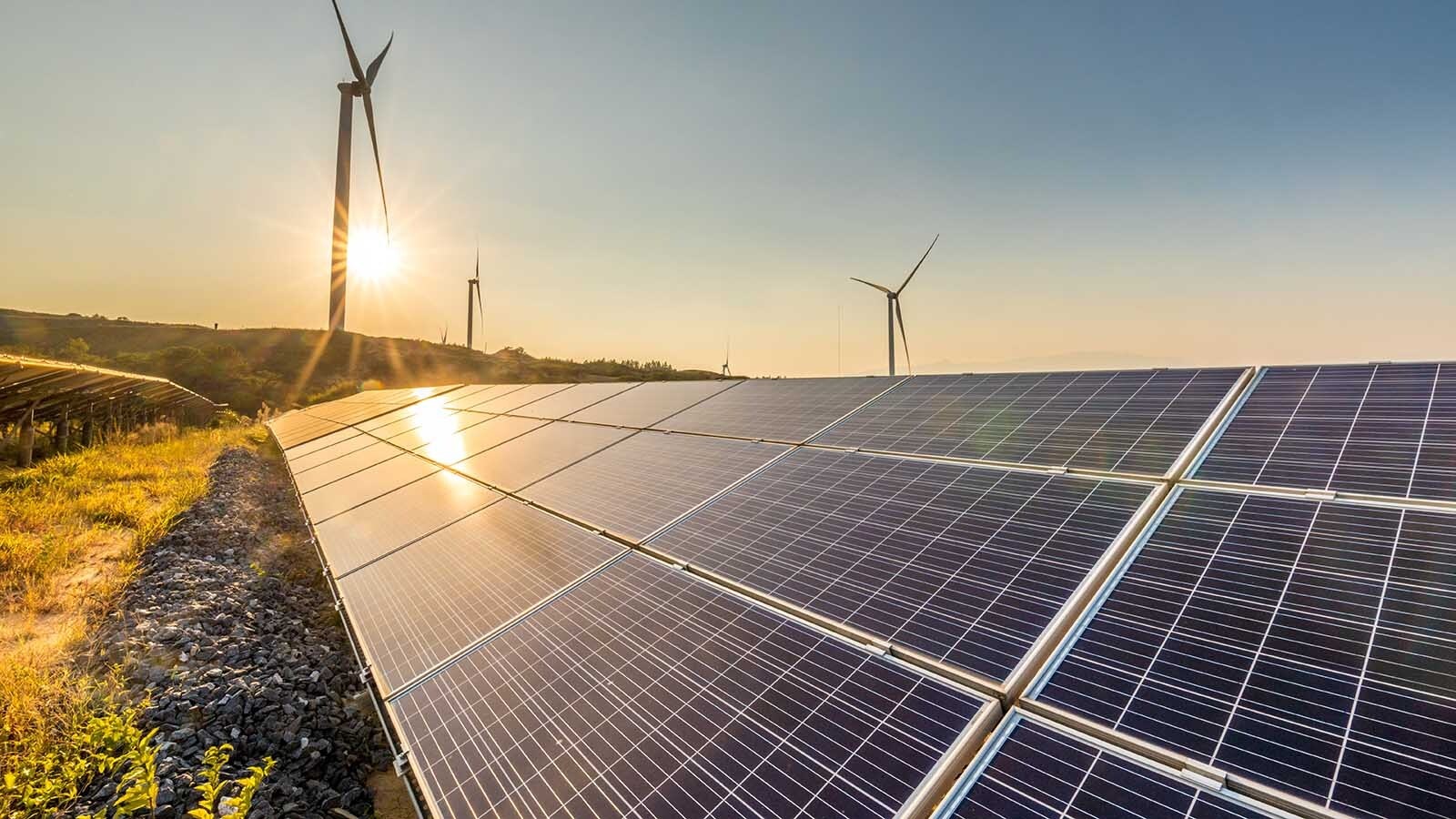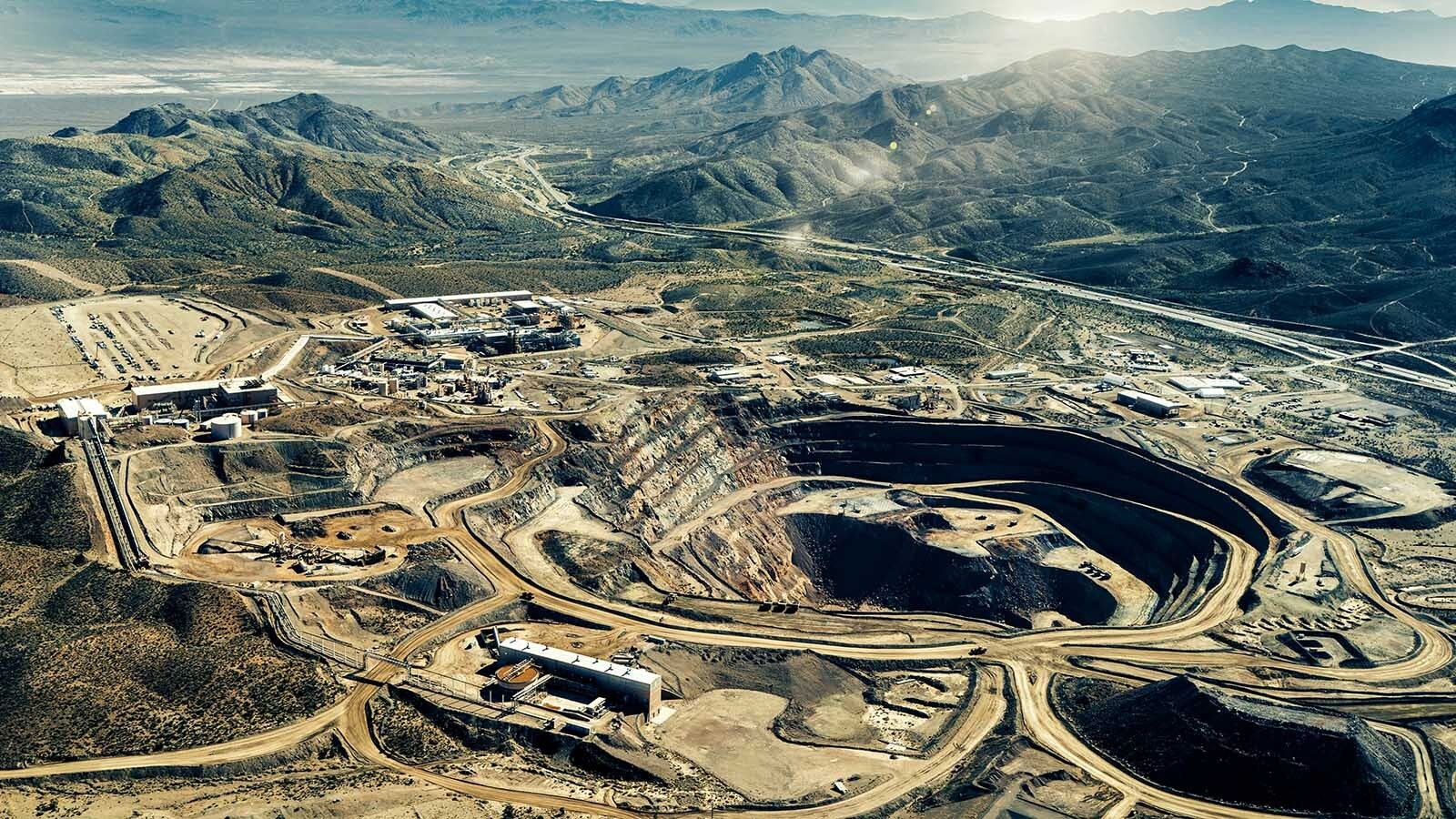The U.S. Department of Energy is pursuing a program to develop deployable wind turbines to be used in military defense and disaster relief operations.
Like the fictional robots that turn into jets, helicopters and semitrucks in the Transformers movies, these wind turbines fit inside shipping containers and then fold out when they arrive at a site.
Vulnerabilities
Many people might ask why a diesel-powered generator wouldn’t be a better tool for the job. They fit into a small space and provide constant, reliable power.
According to a white paper on the project, the logistics of bringing in liquid fuel to generators in a military operation presents vulnerabilities, as the supplies can be attacked and destroyed.
The strength of the Defense and Disaster Deployable Turbine (D3T) concept is that an operation would have access to a source of power without having to bring in steady supplies of liquid fuel that can be blown up by the enemy.
Brent Summerville, a researcher and systems engineer for the National Renewable Energy Laboratory, told Cowboy State Daily that defense and disaster industries also are interested in low-carbon energy in their operations.
Optimus Turbine
Transporting a deployable wind turbine is the program’s challenge. It needs to be easy to ship, but also easy to assemble on site.
A standard wind turbine is erected in a concrete foundation, and cranes lift the tall steel towers up. That’s not feasible in situations where the D3T turbines would be deployed.
The team of researchers, which includes Sandia National Laboratories, developed 20-kilowatt wind turbines that fold up and fit into 20-foot shipping containers used by the U.S. military and American Red Cross.
The project began four years ago with conversations between wind researchers at Sandia Labs and NREL and people in defense operations. Those in defense wanted to see what was available for deployable wind turbines, and the team of researchers wanted to know what the defense people needed.
“There’s been this chicken and egg gap between those two organizations. We’re like, ‘Tell me what you need and we’ll develop it.’ And then they’re like, ‘Show me what you got, and we’ll buy it,’” Summerville said.
After a few years of meetings and development, Summerville said they have some prototypes available, “which just really gets the juices flowing with the Department of Defense and these other disaster organizations.”
With the prototypes, there was some back and forth about what was working and what needed to be improved.
“I think it’s finally to a point where the end users and the developers can work it out and develop products that will be useful in the field,” Summerville said.
Real Concerns
Microgrid setups in a disaster situation wouldn’t have to worry about protecting the equipment. In a war situation, enemies could just as easily fire a rocket propelled grenade at a turbine as they could set an explosive device in the road to take out a truck hauling fuel.
And it’s not like you can build a barrier around a turbine, as that would block the wind it needs to operate.
Col. Tucker Fagan (ret.) said a defense mission needs clear objectives, and it might put troops in jeopardy if concerns about emissions in operations dilutes the focus.
Fagan, who lives in Cheyenne, spent 30 years in the U.S. Air Force, where he was head of the Joint Chiefs of Staff Nuclear Section. He led the team that created the so-called “nuclear football” for President Ronald Reagan, the briefcase with information that allows the president to authorize a nuclear strike.
“We learned that lesson in Vietnam. We applied it in the first Gulf War. And then we’re back to the old way. What is the objective?” Fagan said.
The turbines make a lot of sense in a disaster situation, Fagan said, but if they’re going to be used in a military application, it shouldn’t compromise the safety of the military personnel.
“I would really have some concerns,” Fagan said.
The D3T program also incorporates aerial wind turbines, which are not as far along in development. These are a bit like kites with turbines on them, and they can hold communication equipment as well.
Summerville said some deployments are sensitive to visible, tall objects and in those cases, the aerial turbines might provide a solution.
“Where a wind turbine is going to be a problem because of its height or visibility, maybe they want something more stealthy,” Summerville said.





